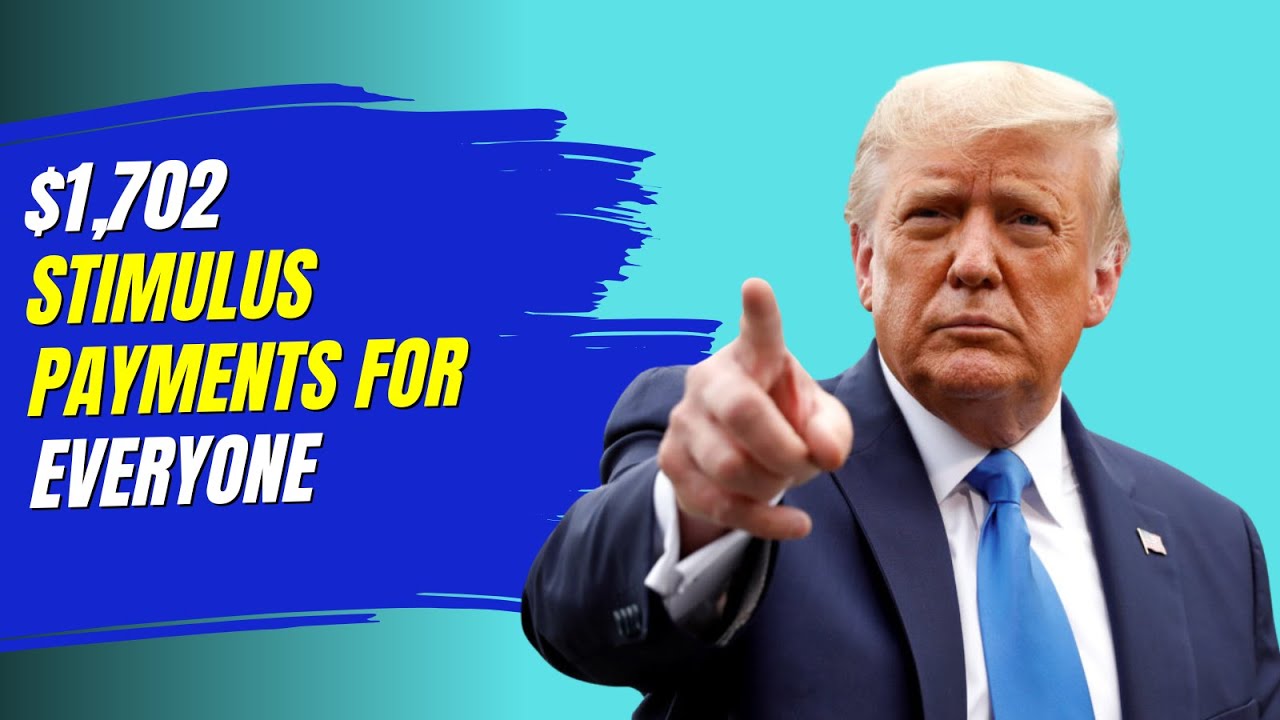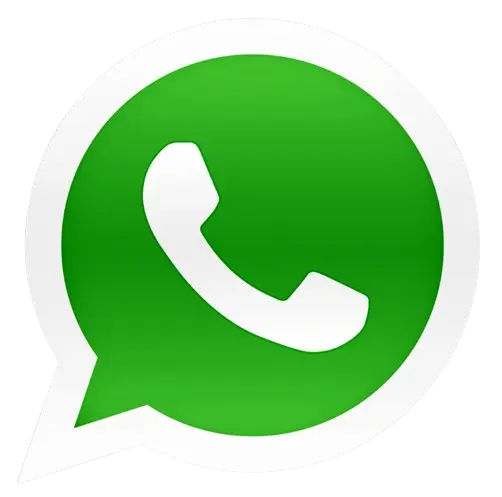$1,702 Stimulus Payment:As Americans grapple with a challenging economy—including high costs of living, rising interest rates, and volatile job markets—a new round of federal financial relief is reaching millions across the country. The U.S. government has confirmed $1,702 stimulus payments to be distributed through October 2025.
Unlike previous stimulus programs, this initiative is designed to reach a broad audience, including workers, retirees, caregivers, and others who have faced financial hardship over the past year. With the onset of the colder months and the holiday season, it’s a timely effort to ease financial burdens.
Here’s everything you need to know about this payment—who is eligible, how and when payments will be sent, and what you can do to prepare.
Why the $1,702 stimulus payment?
The $1,702 amount wasn’t chosen randomly. It’s based on a revised cost-of-living index, which the government has been using to assess economic pressure on working and middle-class families. Rising food prices, energy bills, and healthcare costs have created real challenges for millions—and this payment is meant to alleviate these financial stresses.
This new stimulus is part of a broader package passed in early 2025 that aims to promote household stability without waiting for inflation to subside on its own. This is a one-time payment, but depending on future legislation and economic conditions, it could pave the way for more targeted relief in 2026.
Who Is Eligible?
The $1,702 stimulus payment is designed to reach as many Americans as possible, especially those in lower- and middle-income brackets. Here’s a breakdown of who qualifies:
1. Individuals with Adjusted Gross Income (AGI) Below $90,000
If you filed taxes in 2023 or 2024 and earned less than $90,000 (single filers) or $180,000 (joint filers), you qualify for the full amount.
2. Social Security, SSDI & SSI Recipients
Retirees and disabled individuals receiving Social Security benefits or Supplemental Security Income will automatically receive the payment—no action needed.
3. Veterans
Veterans receiving VA disability compensation or pensions are also eligible for the full $1,702.
4. Low-Income Families & Essential Workers
Families enrolled in federal assistance programs such as:
-
SNAP (food assistance)
-
WIC
-
Medicaid
-
Section 8 Housing
…will be included, as long as they meet the income thresholds.
How will the payment be sent?
Most eligible recipients will receive the payment via direct deposit, especially if the IRS or Social Security Administration already has your bank account information from recent tax filings or benefit distributions.
For those who don’t have direct deposit information, the government will send either:
- A paper check, or
- A prepaid debit card
The envelope will clearly state that it’s from the U.S. Department of the Treasury—so don’t throw it away!
Full Payment Schedule – October 2025
Here’s when you can expect to receive your $1,702 based on your status:
| Group | Payment Date |
|---|---|
| Social Security (Retirement, SSDI) Recipients | October 3–7, 2025 |
| SSI Only Recipients | October 10, 2025 |
| Veterans (VA benefits) | October 11–14, 2025 |
| Tax Filers with Direct Deposit | October 15–21, 2025 |
| Paper Checks & Debit Cards | Mailed starting October 22, 2025 |
Note: If you haven’t received your payment by October 31, contact the IRS or check the status on IRS.gov.
Is this payment taxable?
No, the $1,702 stimulus payment is tax-free and will not be considered income when filing taxes in 2025. It will also not affect eligibility for benefits such as SNAP, Medicaid, or housing assistance.
What should you do now?
To ensure you receive your payment without delay:
- If you filed taxes, check your bank statement with the IRS.
- If you recently moved, update your address.
Beware of fraud—the government will not call, email, or text you asking for personal information to “issue” your payment.
Final Thoughts
For many Americans, the $1,702 stimulus payment couldn’t have come at a better time. Whether used to pay bills, buy winter clothes for children, or just get some relief at the end of the month, this payment is a meaningful step toward economic relief.
It may not solve every challenge, but it’s a reminder that help is still available—and your financial well-being matters.
Stay informed, stay safe, and keep an eye on your mailbox and bank account this October.

